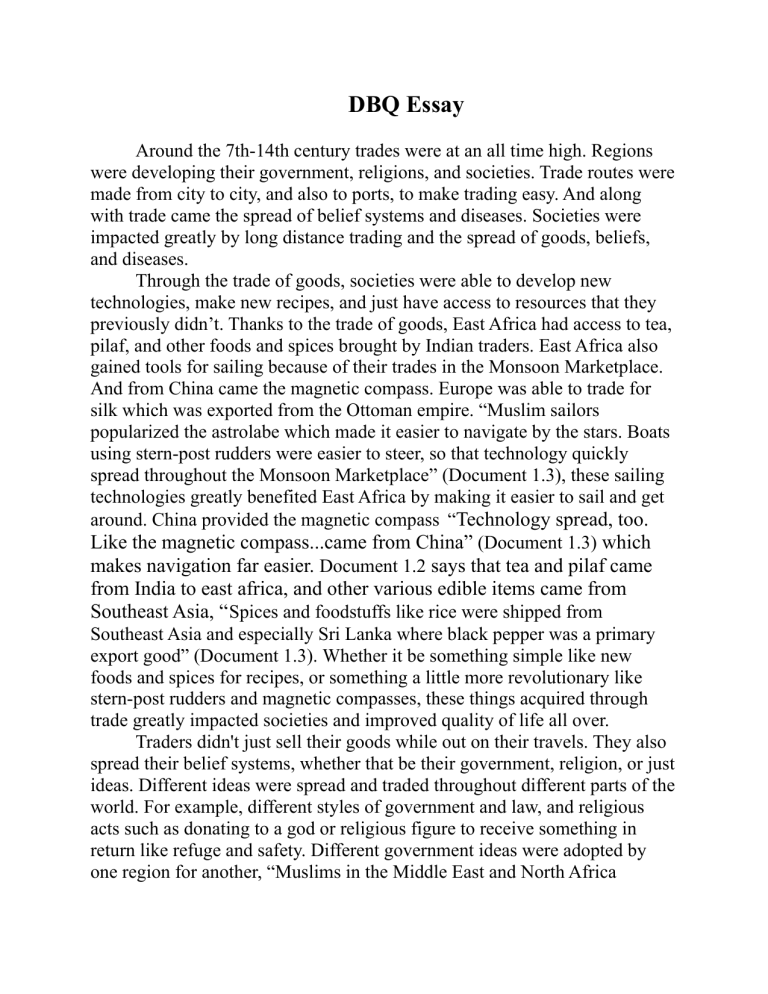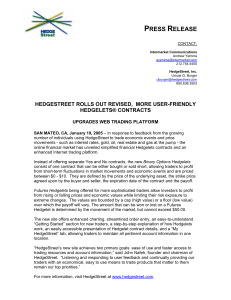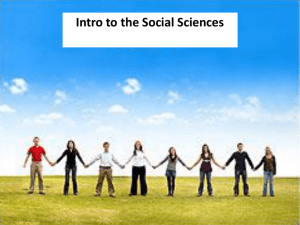
DBQ Essay Around the 7th-14th century trades were at an all time high. Regions were developing their government, religions, and societies. Trade routes were made from city to city, and also to ports, to make trading easy. And along with trade came the spread of belief systems and diseases. Societies were impacted greatly by long distance trading and the spread of goods, beliefs, and diseases. Through the trade of goods, societies were able to develop new technologies, make new recipes, and just have access to resources that they previously didn’t. Thanks to the trade of goods, East Africa had access to tea, pilaf, and other foods and spices brought by Indian traders. East Africa also gained tools for sailing because of their trades in the Monsoon Marketplace. And from China came the magnetic compass. Europe was able to trade for silk which was exported from the Ottoman empire. “Muslim sailors popularized the astrolabe which made it easier to navigate by the stars. Boats using stern-post rudders were easier to steer, so that technology quickly spread throughout the Monsoon Marketplace” (Document 1.3), these sailing technologies greatly benefited East Africa by making it easier to sail and get around. China provided the magnetic compass “Technology spread, too. Like the magnetic compass...came from China” (Document 1.3) which makes navigation far easier. Document 1.2 says that tea and pilaf came from India to east africa, and other various edible items came from Southeast Asia, “ Spices and foodstuffs like rice were shipped from Southeast Asia and especially Sri Lanka where black pepper was a primary export good” (Document 1.3). Whether it be something simple like new foods and spices for recipes, or something a little more revolutionary like stern-post rudders and magnetic compasses, these things acquired through trade greatly impacted societies and improved quality of life all over. Traders didn't just sell their goods while out on their travels. They also spread their belief systems, whether that be their government, religion, or just ideas. Different ideas were spread and traded throughout different parts of the world. For example, different styles of government and law, and religious acts such as donating to a god or religious figure to receive something in return like refuge and safety. Different government ideas were adopted by one region for another, “Muslims in the Middle East and North Africa developed Islamic forms of government and law. Muslim rulers in West Africa adopted some of these ideas. One important change concerned the line of succession, or inheritance of the right to rule. In West Africa, succession to the throne had been matrilineal. This [means] the right to rule was traced through a woman, rather than a man...After the arrival of Islam, succession became patrilineal. Under this system the right to rule passed from father to son.” (Document 2.1). And as traders came into the area, Buddhists would inform them on their religion often resulting in wealthy people donating to the religion. “The close relationship between Buddhism and trade [on the Silk Road] is largely due to the reliance of the Buddhist monastic community on donations from lay supporters... In return for their material donations to Buddhist monasteries, donors received religious merit… since such sacred gifts provided opportunities for more devotees to worship the Buddha's body or teachings. Wealthy merchants and powerful rulers were particularly encouraged to be very generous in return for practical benefits, such as refuge and protection from real and perceived dangers while traveling, and status or legitimacy by acting as patrons of religious institutions” (Document 2.4). Sometimes regions adopt entirely new religions due to the fact that there are many traders of that religion in the area, “For instance today, more Muslims live in Indonesia than in any other country...Knowing what you’ve already learned about the growth of Islam and the spread of trade, it won’t surprise you to learn that Islam spread to Indonesia via the Monsoon Marketplace (Indian Ocean Trade)” (Document 2.5). Trade greatly influenced the spread of different beliefs, religions, and ideas solely by traders going around and informing others on their beliefs. Due to trade, diseases ran rampant in some cities and could lead to major population loss or even the destruction of the entire city. Trade could bring some unwanted guests to places in the form of diseases. If a traveling trader had a disease and went city to city trading, they could have spread this disease to a number of different cities and possibly killed hundreds of people without even knowing it. “The plague began in the land of farness. China was not preserved from it. The plague infected the Indians in India, the Sind, the Persians, and the Crimea. The plague destroyed mankind in Cairo. It stilled all movement in Alexandria” (Document 3.3). The plague spread all throughout Asia, Europe, and into Africa. Traders accidentally took it with them while going town to town, country to country, and nothing could stand in its way. It took out the entire city of Messina and Catania. “At the beginning of October... 1347, twelve Genoese galleys entered the harbor of Messina... In their bones they bore so virulent a disease that anyone who only spoke to them was seized by a mortal illness and in no manner could evade death. The infection spread to everyone who had any contact with the diseased… At the beginning of October... 1347, twelve Genoese galleys entered the harbor of Messina... In their bones they bore so virulent a disease that anyone who only spoke to them was seized by a mortal illness and in no manner could evade death. The infection spread to everyone who had any contact with the diseased ....” (Document 3.2). The plague was so deadly it could spread just by touching or speaking with someone who had it. In document 3.1, the map shows that the area with the most trade routes, also had the most plague outbreaks. If only 12 Genoese galleys can wipe out two whole cities, imagine the impact all the traders that had the plague could have on societies across multiple contenents. Societies definitely had to rethink how they did things to keep the society and all of their people safe. Through the trade of goods, societies were able to develop new technologies, make new recipes, and just have access to resources that they previously didn’t. Traders didn't just sell their goods while out on their travels. They also spread their belief systems, whether that be their government, religion, or just ideas. Due to trade, diseases ran rampant in some cities and could lead to major population loss or even the destruction of the entire city. Societies were impacted greatly by long distance trading and the spread of goods, beliefs, and diseases. Around the 7th-14th century trades were at an all time high. Regions were developing their government, religions, and societies. Trade routes were made from city to city, and also to ports, to make trading easy. And along with trade came the spread of belief systems and diseases.





